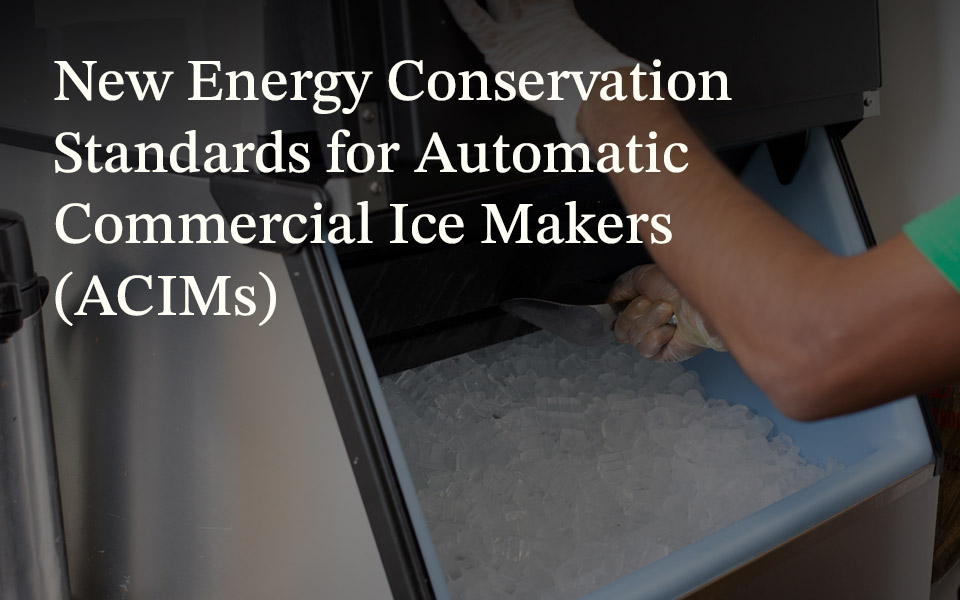This is post number 12 of a series.
Secondary Systems
Figure 6 shows a simple secondary system. The high-stage system cools the liquid R744 in the secondary circuit. The R744 is pumped around the load. It is volatile, so unlike a conventional secondary fluid such as glycol it does not remain as a liquid. Instead it partially evaporates, providing a significantly greater cooling capacity. This reduces the pump power required and the temperature difference needed at the heat exchanger.

R744 would typically be cooled to 26.6 °F (-3 °C ) for the MT load, and to -13 °F (-25 °C) for the LT load.
The high-stage system is a simple chiller-type system, typically running on an HFC, HC or Ammonia refrigerant.
In the next article of this series we’ll review the advantages and disadvantages of booster, cascade, and secondary systems. We’ll also review some case studies to determine how to select the correct system for our application.

Let the Refrigerant Phase-in Begin
Evaluating next-generation commercial refrigerant alternatives in established and emerging...

Reviewing Proposed Energy Efficiency Standards for Ice Machines
Earlier this year, the Department of Energy (DOE) published a notice of proposed rulemaking (NOPR)...

CO2 as a Refrigerant — Criteria for Choosing Refrigerants
This is post two of CO2 as a Refrigerant, a blog series covering the fundamental considerations...
